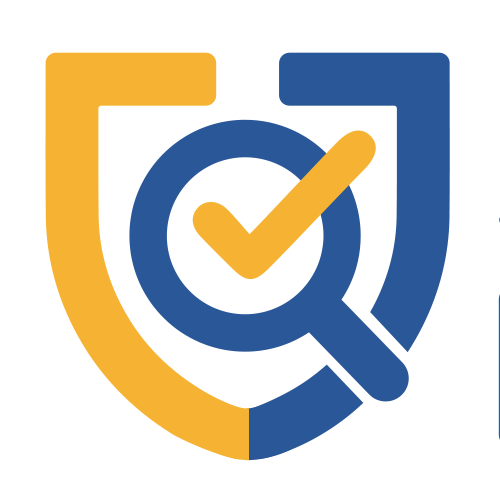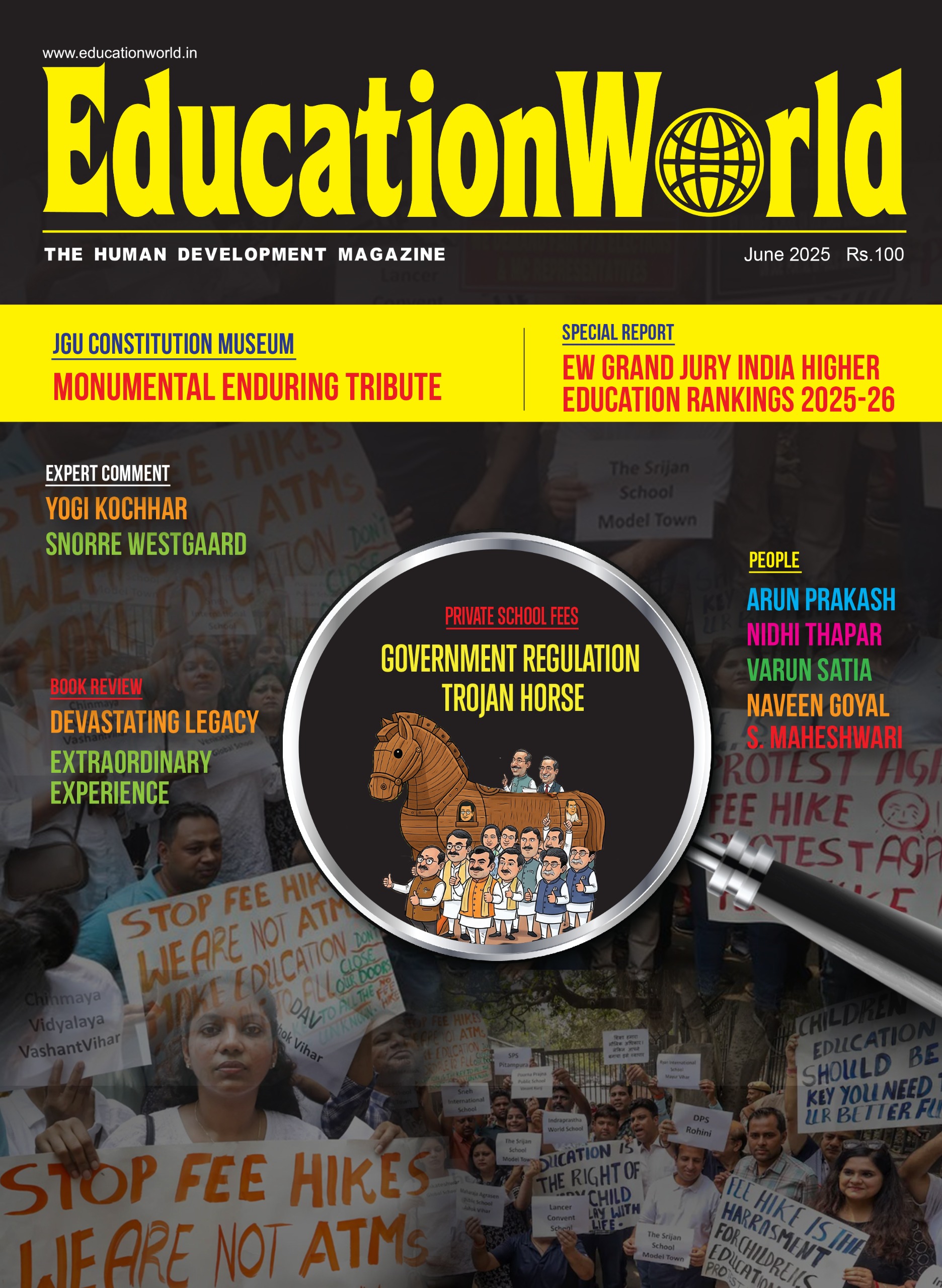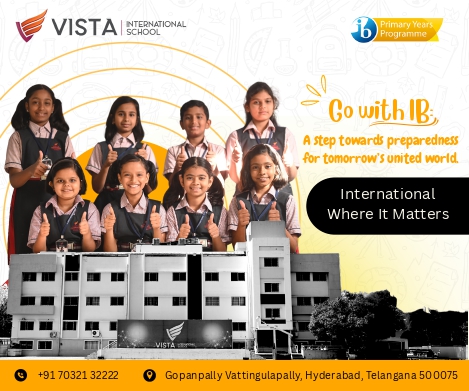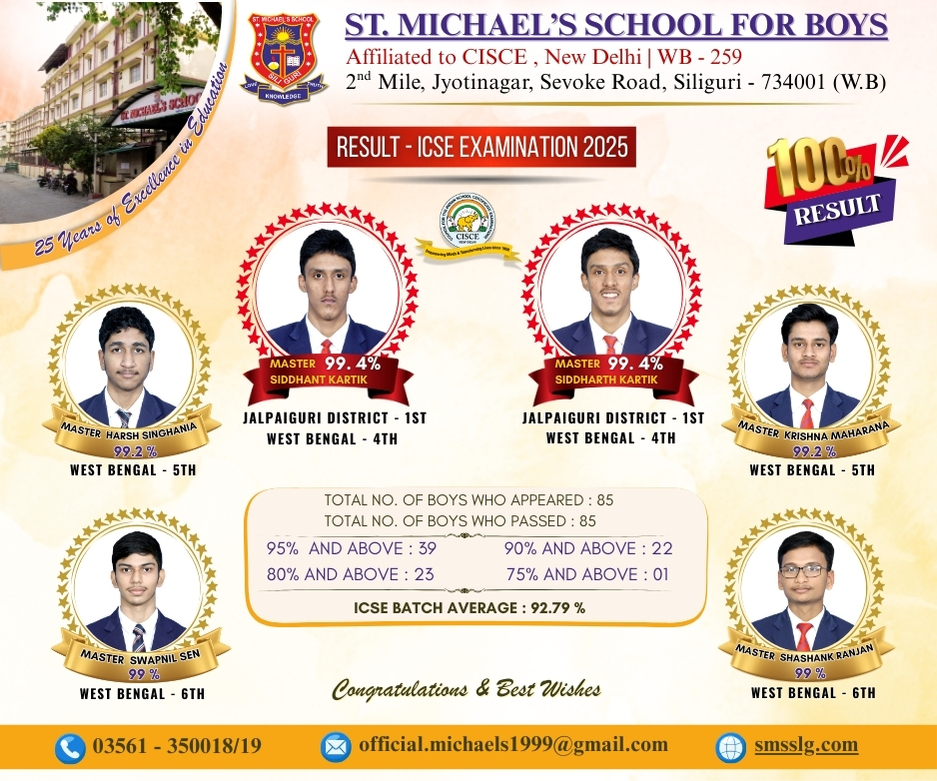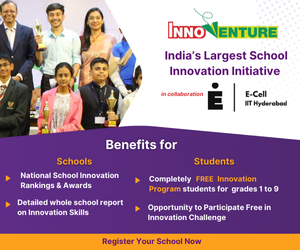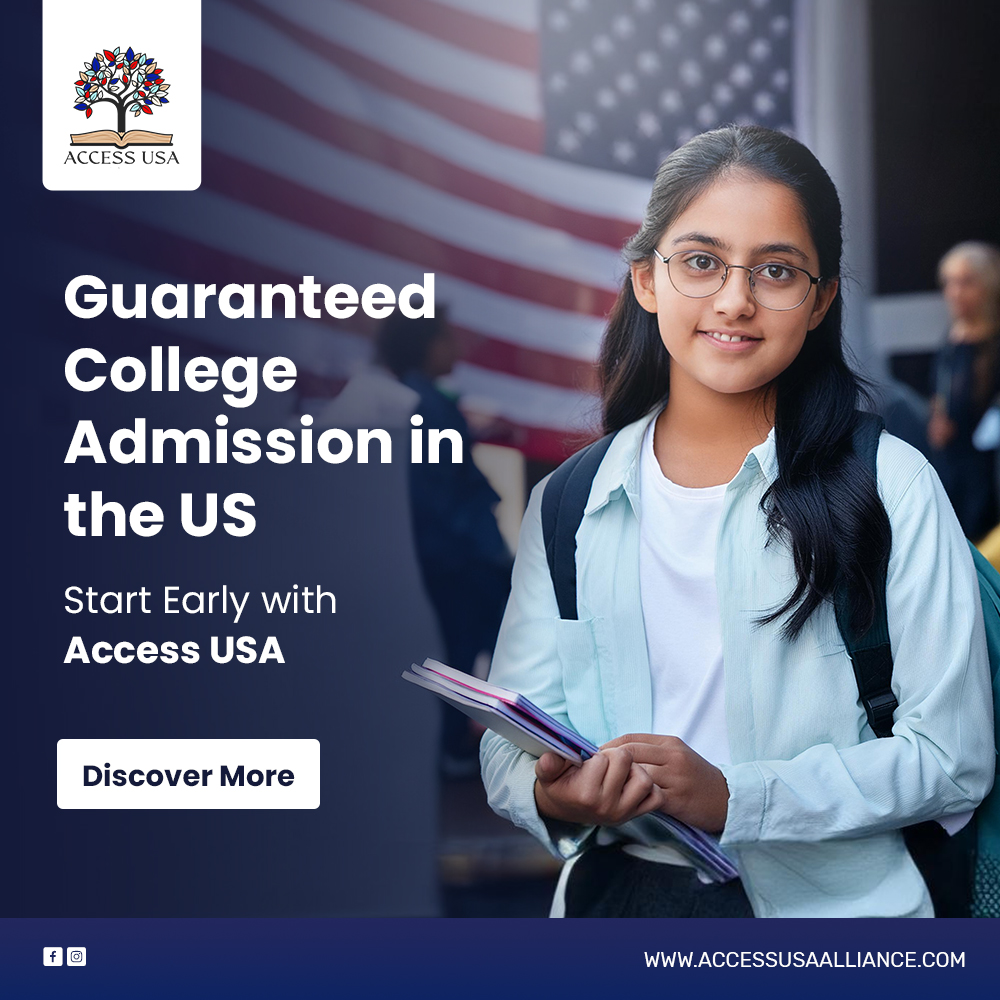7th Anniversary Cover Story (Contd.)Seven education wonder productsClassmate PCEssentially a children‚s computer, Classmate PC, to be launched by the US-based chip manufacturing major Intel Inc in November 2006, is a notebook computer designed to facilitate teachers and children in early primary education. This lightweight (5.5 kg) notebook-sized mini computer allows teachers to make presentations and guide student access to the internet. When owned by a student, it allows one-to-one interaction between teachers and children and also serves as a communication medium between the teacher and a child‚s parents.This rugged ‚Ëœkid-proof‚ lightweight laptop computer (price: Rs.25,000-35,000) has built-in wireless, digital pen and note taking attachments and can run on Windows or the Linux operating system. For teachers, it also reduces time and effort expended on routine activities like monitoring attendance and lesson preparation ‚ Tablet PC with handwriting and voice recognition softwareLaunched by Microsoft Inc in 2002, the Tablet PC is equipped with a built-in digital pen which replaces the traditional keyboard input with handwriting and voice. A teacher can hand write her comments, notes and observations on the screen of the Tablet PC which is connected to a smart board through an LCD projector which magnifies images stored onto a screen or wall.Thus a teacher can prepare lesson plans on her tablet PC, carry the lightweight (3-4 lbs) device to class and display them on a big screen with the help of a projector. Any over-writing, ticks, circles etc made on the Tablet PC will be replicated on screen. Moreover it is equipped with a touch screen where she can also view documents, mark attendance, compute marks, write e-mail messages using the touch-screen pen. Software from Microsoft and third parties also allows Tablet PC users to utilise wireless networking to e-mail pen-written instant messages back and forth ‚ Idenizen Smart CardsA multi-purpose microchip embedded smart card for faculty and students, it has been invented by the Bangalore-based IDenizen Smartware Pvt Ltd. It enables students and faculty to access institutional facilities such as libraries, pay and accounts offices, attendance registers, academic records, on-campus stores etc. Currently over 35,000 students and 6,500 faculty in 50 engineering colleges in Karnataka, Tamil Nadu, Andhra Pradesh and Kerala are using IDenizen smart cards launched in April, 2005.These smart cards are supported by a backend software christened Smart Campus which (like the Lyceum package) automates several ‚Ëœpain areas‚ of education administration such as attendance records, timetable preparation, marks tabulation, etc. Smart Campus is also an ERP package comprising 17 modules which integrate all admin activities of education institutions starting from admission and fees to information consolidation and management information systems. The Idenizen smart card works on the subscription model. For a one-time fee of Rs.400 a student subscriber is provided the smart card which remains active for the four years of a degree course ‚ SMART BoardLaunched in India in early 2006 by Calgary (Canada)-based Smart Technologies Inc (annual sales revenue: US$ 300 million), Smart Board (price: Rs.75,000-145,000) is a revolutionary computer-driven interactive whiteboard which has the potential to revolutionise teaching-learning in Indian classrooms ‚ at least in the classrooms of quality-conscious private sector education institutions. The Smart Board is a touch-sensitive whiteboard that connects to a personal computer. A projector is required to beam computer images on the whiteboard. Thereafter written text, graphics and photographs can be over-written by a touch of hand which duplicates the functions of a computer mouse.Research and case studies in the UK, USA and Australia indicate that interactive whiteboards increase student engagement and motivation, support a variety of learning styles ‚ including those of special needs children ‚ enhance student retention, and improve teacher productivity ‚ E-classroomThe E-classroom has already become a reality in most of the country‚s new genre, high-end international schools. E-classrooms are traditional classrooms in which the teaching-learning process is supplemented by new information technologies and equipment. In an ideal e-classroom each student and teacher will be inter-connected on computers. A big screen projection system is available for teachers to display and explain complex concepts and ideas. Students can converse with the teacher using chat, or raise queries by scribbling on the screen. E-classrooms reduce the burden of heavy textbooks weighing down young children as all study materials are digitally stored in their computers. The use of information technology enables students to work synchronously or asynchronously, either alone or in teams. Moreover students begin to learn using e-mail and the internet as data resources. Faculty has the option of using e-learning technology enhancements within their classroom to gradually eliminate chalk‚Ëœn‚talk pedagogies ‚ 7. Seven path-breaking education NGOsIf over the past decade public education and children‚s rights have moved from the periphery to the centre of national debate, a major share of the credit should be given to the numerous unsung education non government organisations and social activists working to build pressure on government and policy makers to accord top priority to delivering quality education to India‚s 415 million children. In the past seven years ‚ 1999-2006 ‚ the country‚s estimated 20,000 education NGOs have reinvigorated and redefined education activism. Ab initio EducationWorld has wholeheartedly supported India‚s frontline education NGOs. Snapshot profiles of the seven best: Promoted in 1994 with the mandate to ensure every child is in school and learning well, Pratham has morphed into India‚s largest and most influential education NGO. Operating in 18 states, in 12 years it has made 500,000 children literate through application of its intensive 21-day reading and basic maths programme. During the past seven years particularly, Pratham has played a major role in the conceptualisation of the Sarva Shiksha Abhiyan (Education for All) initiative which guarantees all children in the age group six-14 elementary education.A unique example of a tripartite partnership between state governments, corporate and voluntary sectors, through extraordinary global fund-raising initiatives Pratham now boasts an annual budget of Rs.36 crore. Earlier this year its Annual Status of Education Report (ASER), 2005 ‚ the country‚s first independent nationwide survey of rural primary education in 485 of the country‚s 600 districts ‚ revealed that the quality of primary education dispensed in rural India is so poor that almost half the students in class VII are unable to exhibit the learning and comprehension levels they should have achieved in class II. Says Madhav Chavan, founder trustee and chief executive of Pratham: “Since its inception 12 years ago, Pratham has worked as a tripartite partnership between the community, government and the corporate sector. Our emphasis has always been on harnessing and focusing the combined strength of all three of them to ensure that every child is in school and learning well.” ‚ CRYWith an annual disbursement budget of over Rs.13 crore, five offices countrywide and 170 full-time employees, Child Rights and You (hitherto Child Relief and You) is one of the largest child welfare NGOs in the country. Since its inception in 1979, CRY self-defined its role as a funding agency for downstream NGOs to enable them to implement their on-the-field education/ child-centric projects. “At CRY, we don‚t believe in charity. Nor do we run schools, orphanages or dispensaries. Instead we partner grassroots-level NGOs working with children, their parents and communities,” says its go-getting chief executive Ingrid Srinath. From supporting over 50 NGOs in 1990, CRY has expanded its resources to provide financial and institutional support to 157 voluntary organisations across the country, impacting the lives of over 1.4 million children.The years 1999-2006 were particularly eventful for CRY as it moved from providing backroom support to spearheading and leading public campaigns demanding implementation of children‚s rights. In 2000, CRY founded the National Alliance for Fundamental Right to Education together with six other NGOs to successfully demand a constitutional amendment guaranteeing free and compulsory elementary education to all children. In 2003 it launched its America chapter and in April 2004 (its 25th anniversary), CRY launched a pan-India citizen‚s movement to create awareness of children‚s rights, transforming itself into Child Rights and You ‚ Akanksha Foundation, MumbaiRegistered in 1991, this foundation has successfully combined three elements to provide basic education to slum/ underprivileged children in Mumbai, which hosts an estimated 2.3 million slum and street children. “The Akanksha model is built on the simple idea of collating three under-utilised resources ‚ the minds of thousands of children, unutilised premises and volunteers,” says Shaheen Mistri, an alumnus of St. Xavier‚s College, Mumbai and Manchester University (UK) and promoter-trustee of the foundation. Thus vacant classrooms of mainstream schools, colleges, and offices after work hours transform into Akanksha learning centres where a head teacher and assistant deliver the three R‚s and self-development skills to slum children. From one centre with 15 children in 1991, Akanksha has grown to 51 centres in Mumbai and Pune with an aggregate enrollment of 2,600 children. A group of more than 300 volunteers supports the programme ‚ Parikrma Humanity Foundation In the short span of three years, the Parikrma Humanity Foundation (estb. 2003) has promoted four free Kg-class VIII schools offering English medium education to 730 slum children in Bangalore. The brainchild of Shukla Bose, former CEO of Resort Condominiums of India, Parikrma schools follow the syllabus and curriculum of the Delhi-based Council for Indian School Certificate Examinations (CISCE) which numbers 1,605 of India‚s top-rung private schools as affiliates. As a consequence for the first time, children of the absolute poor are accessing elementary education on a par with the superior English medium education traditionally reserved for progeny of the privilegentsia.Putting her corporate sector experience to brilliant use, Bose has fashioned PHF into perhaps the first education NGO in the country to be administered professionally like a corporate enterprise with clearly defined targets and marketing plans. Parikrma learning centres provide completely free tuition, uniforms, stationery, textbooks and nutritive meals and diet supplements to their students. This requires an annual revenue mobilisation effort estimated at Rs.1.25 crore ‚ not a small order in a society which accords rock bottom priority to quality education for the poor ‚ Deepalaya Education Society, DelhiEstablished in 1979 with an enrollment of five children and two teachers and an annual budget of Rs.17,500, Deepalaya Education Society has grown steadily into a model education NGO which facilitates the education of 40,000 children in Delhi, Haryana and Uttaranchal and has an annual budget of Rs.5 crore. It runs 337 education centres, four of which are established schools and one mobile school. It also runs a home for street children in Haryana.Tharailathu Koshy Mathew, the Delhi-based founder chairman of Deepalaya, is particularly proud that Deepalaya was selected from 30 NGOs in Delhi for USAID‚s REACH (Reaching & Educating At-Risk Children) India project launched in 2003. Under the programme, Deepalaya provides technical assistance and training to six NGOs in the national capital to successfully identify, enroll and mainstream at least 3,000 out-of-school children annually. Says Mathew: “Deepalaya is the largest operational NGO in Delhi. Currently we are in the consolidation phase and working towards becoming a resource centre to help other groups light up the lives of disadvantaged children.” ‚ Akshara Foundation, Bangalore Affiliated with the Mumbai-based Pratham, the Akshara Foundation was promoted in the millennium year 2000 by former journalist Rohini Nilekani, also a major shareholder in the blue-chip IT industry market leader Infosys Technologies Ltd. Since then the foundation has formed several successful partnerships with government and voluntary sector organisations in Bangalore and beyond. The prime objective of the foundation is to improve learning outcomes in Bangalore‚s 1,250 government schools. Thus far through its in-school programmes, Akshara has helped improve the quality of learning of 17,400 children in 117 government schools. And since 2000, 48,000 children have been through its balwadi (pre-school programme) and 11,000 children through its bridge course designed to re-integrate school dropouts into mainstream education. Nilekani has endowed Akshara Foundation and Argyam Trust (to improve water management practices in Karnataka) with an aggregate corpus of Rs.100 crore ‚ Eklavya, BhopalAmong the first NGOs to rebel against differential and obsolete curriculums and pedagogies dumped on government school students were two Madhya Pradesh-based voluntary organisations ‚ Friends Rural Centre and Kishore Bharati. Way back in 1972 these NGOs joined forces to upgrade science teaching in 16 rural government middle schools in the market town of Hoshangabad. Ten years later (1982) after the Hoshangabad Science Teaching Programme (HSTP) pioneered a unique low-cost, inquiry-based approach to teaching science in middle school (classes V-VII), it acquired its current name: Eklavya.Since then the Bhopal-based Eklavya has expanded its activities to include textbooks publishing and teacher training through short-term refresher courses, publishing magazines for children and teachers, devising low-cost teaching-learning tool kits, organising science popularisation programmes, and has developed a new innovative social science pedagogy. By 2005, Eklavya had favourably impacted 100,000 children in 1,000 government schools in Madhya Pradesh ‚ Seven favourable outcomes in Indian education (1999-2006) Since the first issue of EducationWorld rolled off the printing press in November 1999, in consistent adherence with our mission statement to “build the pressure of public opinion to make education the No.1 item on the national agenda”, this publication has taken a strong stand on several education issues. Seven favourable outcomes Compulsory education for all children. Ab initio this publication has advocated state-funded free and compulsory primary education for all children. To this end we strongly backed NAFRE (National Alliance for the Fundamental Right to Education) ‚ a federation of like-minded NGOs pressing for an amendment of the Constitution to incorporate elementary education for all as a fundamental right ‚featuring a detailed cover story on the subject (EW January 2002). On November 28, 2001 Parliament unanimously approved the 86th Amendment which makes it mandatory for the State to provide free and compulsory education to all children aged between six-14. Opposition to education philosophy of the NDA government (1999-2004). While the 86th constitutional amendment piloted by the NDA government was warmly welcomed by EW, several of its other education initiatives, and of authoritarian Union human resources minister Dr. Murli Manohar Joshi in particular, were trenchantly criticised in unsparing cover and lead features in this publication. Among them: the ‚Ëœsaffronisation‚ of school history texts; a proposal to slash IIM and IIT tuition fees and packing their boards with compliant government officials, and a move to route all alumni donations to IITs through a government trust. Perhaps as a consequence, not only have all these initiatives been reversed, but in the general election of 2004, Dr. Joshi failed to retain his parliamentary seat from Allahabad, thanks to active anti-Joshi campaigns conducted by an alliance of academics and students. Greater role for private sector in Indian education. Based upon an objective assessment of ground level realities, right from the start EducationWorld has advocated application of the principles and logic of economic liberalisation and deregulation to the education sector. Perhaps coincidentally, in October 2002 in T.M.A Pai Foundation vs. State of Karnataka & Ors ((2002 8 SCC 481)) the majority of judges of a full-strength (11) bench of the Supreme Court upheld the right of all citizens to “establish and administer educational institutions of their choice” as mandated by Article 30 (1) of the Constitution with minimal interference by the Central and state governments. The rationale of this judgement was upheld by a larger 13-judge bench of the apex court in P.A. Inamdar vs. State of Maharashtra (Appeal (Civil) 5041 of 2005). All these watershed judgements of the Supreme Court merited cover story features in EducationWorld. Following these liberation judgements of the apex court in December 2005, the Union government pushed the 93rd Amendment through Parliament to nullify them. General Election 2004. Despite the Congress party being widely labelled as an also-ran prior to the general election, EducationWorld editorially endorsed the Congress-led coalition, albeit as the lesser evil. Moreover we had the satisfaction of our election forecast of the Congress led by the then much vilified Sonia Gandhi emerging as the largest party in Parliament, proving accurate.Mid-day meal scheme. One of the most momentous initiatives of the new millennium has been the introduction of a free mid-day meal for children in the primary schools of several, particularly southern states, of the Indian Union. Currently over half of the 31 state governments countrywide provide free mid-day meals to primary school children, catalysing a dramatic improvement in enrollment and student retention. From its very inception EducationWorld strongly campaigned for the national rollout of the mid-day meal scheme. In a special report feature (EW January 2004) we made a strong case for rapid countrywide implementation of the scheme, which despite the Supreme Court‚s decree to this effect in People‚s Union for Civil Liberties vs Union of India & Ors (2001) is yet to be meaningfully implemented in the most populous states of the republic including Uttar Pradesh (pop.166 million) and Bihar (82 million). Nevertheless according to Union finance minister P. Chidambaram, 120 million children across the country are being served a balanced, nutritive meal free of charge every day. This is reportedly the largest school lunch programme worldwide. Status of English in Karnataka. The illogic of a 1994 order by the Karnataka state government under which all state board affiliated schools were forbidden to teach English even as a second language in classes I-V, has been consistently pilloried in the Bangalore-based EducationWorld. In several lead stories and news reports we emphasised that there is an inherent class bias in the order since CISCE and CBSE affiliated schools in the state patronised by the upper classes are exempt from the diktat. Moreover we have constantly argued that since the medium of higher education is English, this arbitrary and discriminatory government order places the children of the poor at a disadvantage in the job market after graduation. Following a huge public outcry when closure notices were served in September on 1,416 schools which had breached this term of licence to operate, the state government has stayed the order until the end of the current academic year. More significantly it has introduced the teaching of English as a language in all government primary schools from class I with immediate effect. Reserved quotas in institutions of higher education. Fiercely critical of licence-permit-quota raj in education, the editors of EW have consistently thrown the weight of this publication behind initiatives to expand and safeguard the autonomy of institutions of learning. On the issue of seat sharing between managements and state governments in institutions of professional education, we warmly welcomed the Supreme Court‚s landmark judgements in the T.M.A Pai Foundation and P.A. Inamdar cases (see above). For the same reason we opposed Union HRD minister Arjun Singh‚s imposition of an additional quota for OBCs (other backward castes) upon Central government sponsored universities and institutions of higher education (such as the IITs and IIMs). Our submission is that admission and financial concessions should be granted on a means tested case-by-case basis. Moreover we have always advocated the application of supply side economics to the education sector as the panacea for reservations and quotas for classes and castes. As we go to press, the Union and state governments are debating whether reservations mandated for socio-economically disadvantaged classes and castes by the 93rd Amendment to the Constitution (which pointedly overruled the Supreme Court‚s judgements in the T. M. A Pai Foundation and P.A. Inamdar cases) should be imposed on deemed universities and private unaided colleges. We oppose such backdoor nationalisation.
7th Anniversary Cover Story II
EducationWorld November 06 | EducationWorld
